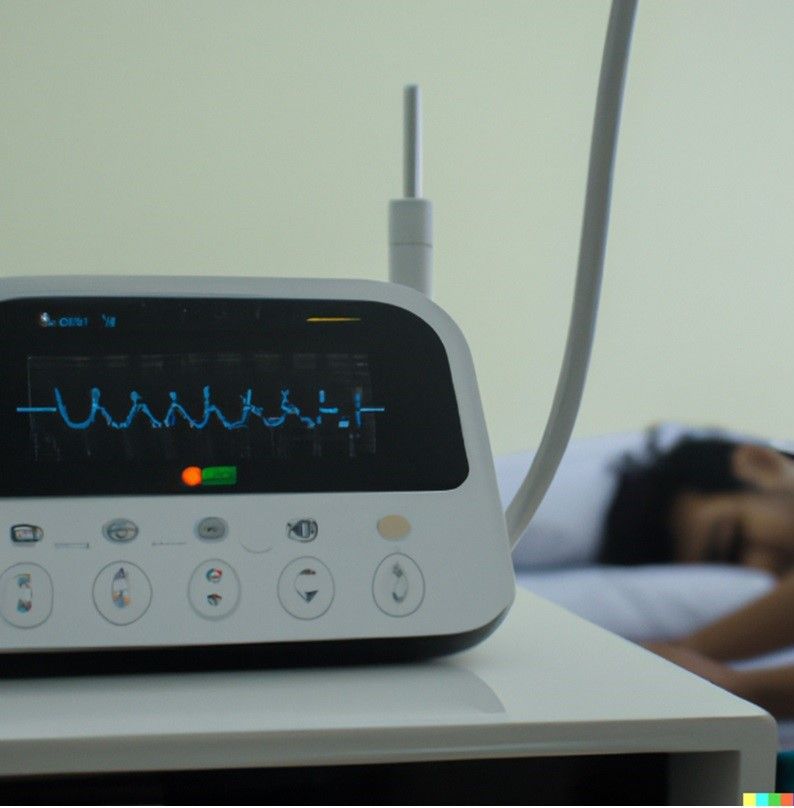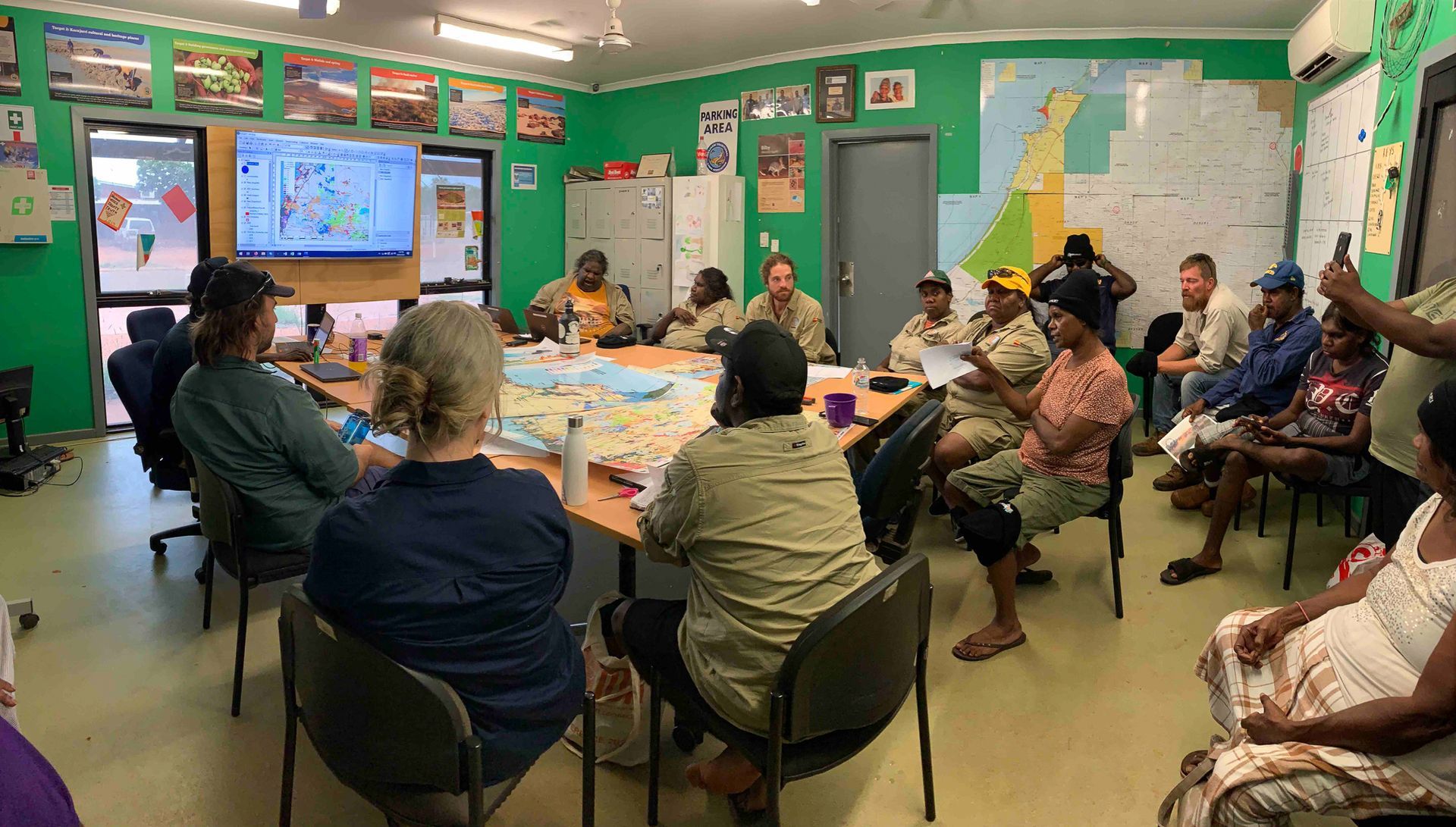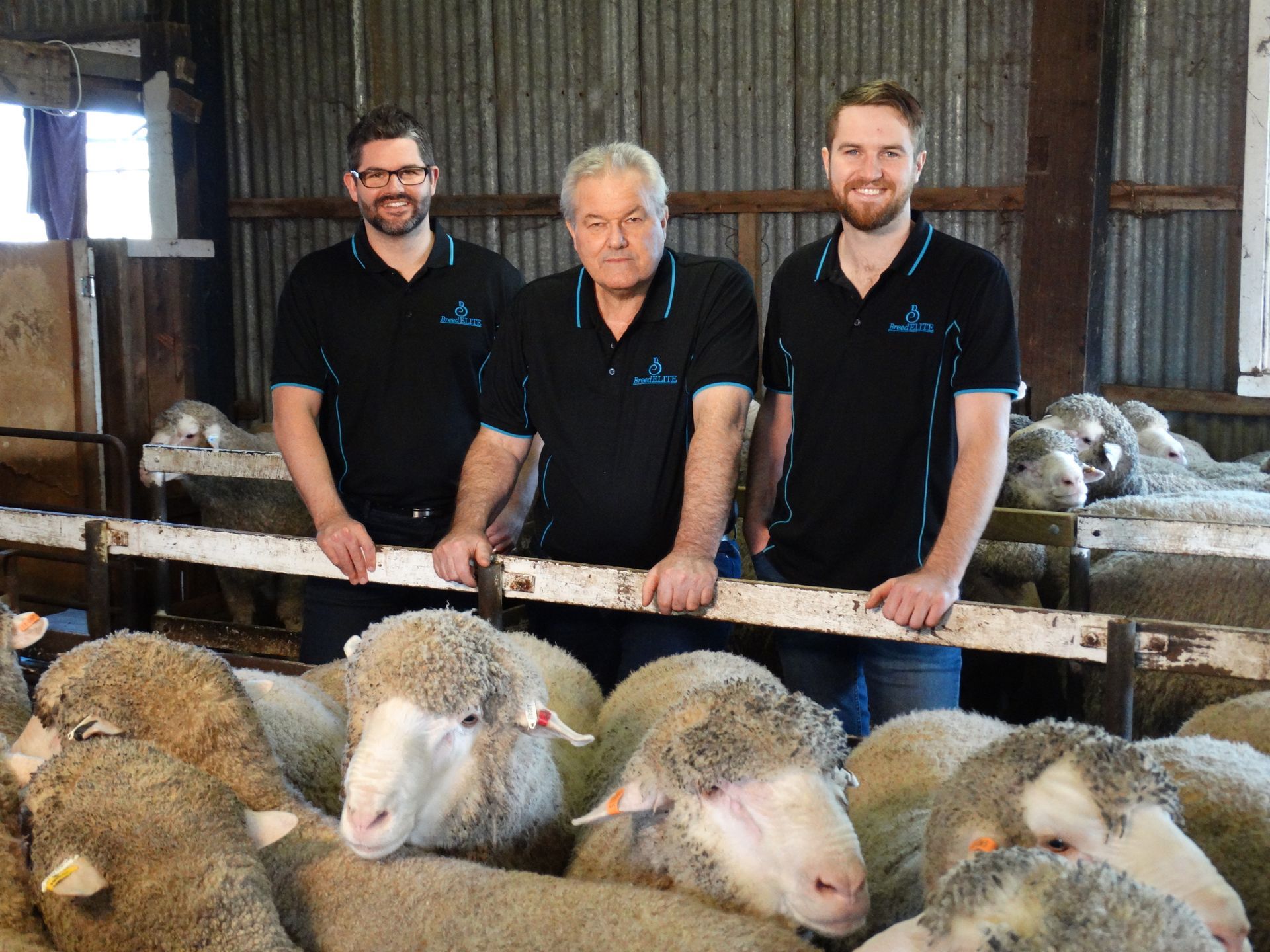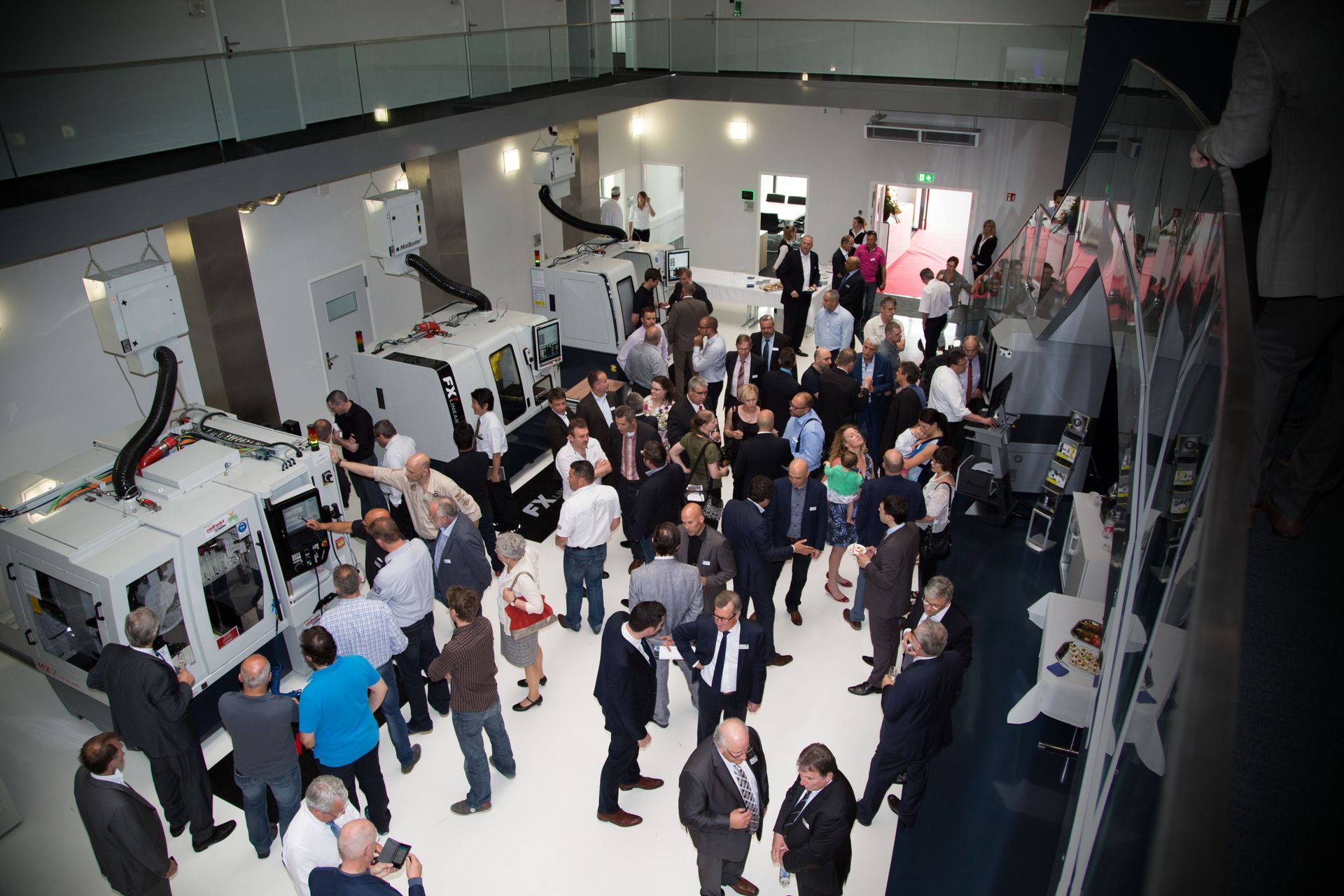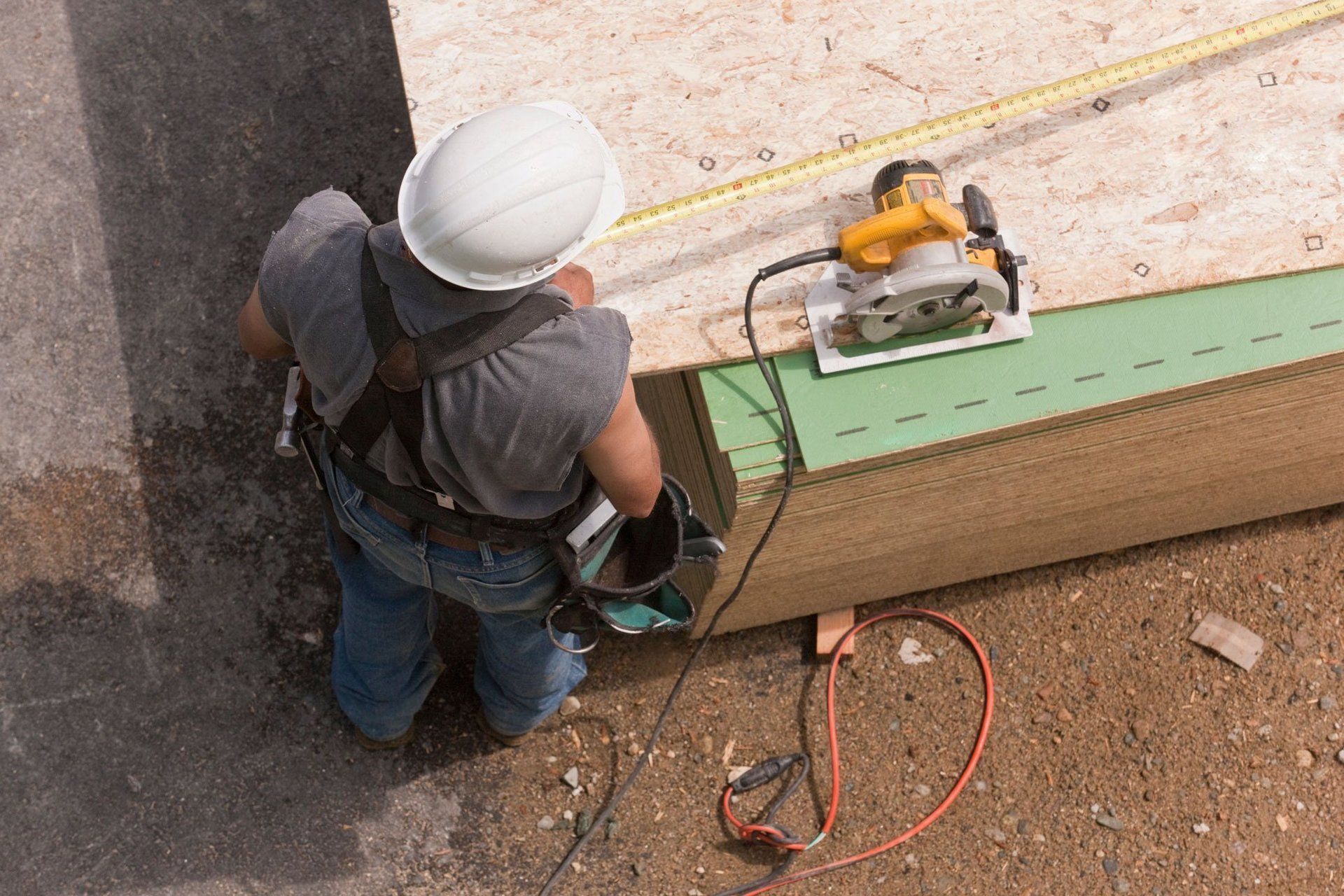Budget: Innovation is the catalyst for a prosperous Australia
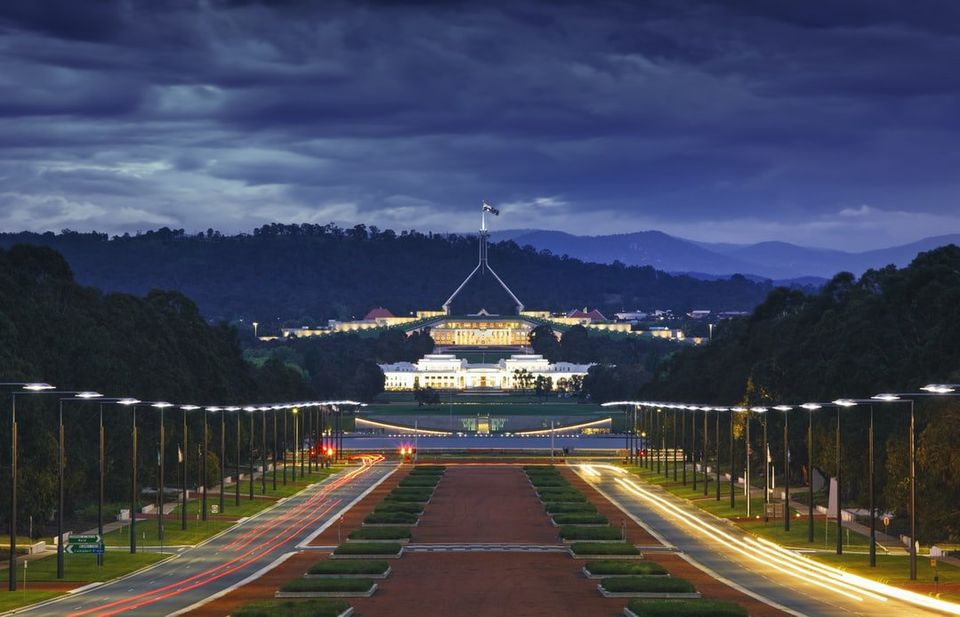
The 2020 - 2021 Federal Budget has been welcomed by Australia’s leading science, technology and research authorities as new funding is expected to open doors to a cleaner, smarter and more research-driven nation to drive Australia’s continued economic prosperity.
Increased investment into tertiary education, women in STEM, manufacturing and deep technology will help boost Australia’s economy by supporting research and innovation for commercialisation and ultimately industry engagement and job creation.
By investing an additional $1bn into the Research Support Program to support university research, $1.3bn to establish the Modern Manufacturing Initiative and $956.6m in additional funding to public research organisations such as ANTSO, BOM and the CSIRO, the budget provides a much-needed lifeline to the tertiary research sector.
The Australian Academy of Technology ad Engineering (ATSE) welcomed the decision to protect funding for the CSIRO and extended support for the R&D tax incentive.
According to ATSE, these investments will help create solutions to climate change and future threats like COVID-19 to ensure Australia’s economy remains stable.
“Investment in the creation and translation of knowledge is critical if Australia is to have a technology and science-led recovery,” ATSE CEO Kylie Walker said.
“Australia must continue to develop a strong and dynamic technology sector based on great science and innovation,” said David Thoden, Chair of the Advisory Board for Tech Central.
The $2bn in allocated funding the R&D tax incentive has also been maintained which Walker believes will significantly contribute to the translation and commercialisation of Australian knowledge, building industry and jobs, particularly in STEM.
The Federal Government has invested a further $231m into the second women’s economic security package to create such a workforce and build better gender balance in the sector.
Cicada Innovations CEO Sally-Ann Williams applauded the Federal Governments continued support and investment in the future of manufacturing in Australia.
“Long term investment in R&D will be an effective driver of both recovery and future growth. Recovery will not occur overnight, and so the policy levers to support it should be similarly forward-thinking” said Williams.
Australian Food and Grocery Council (AFGC) CEO Tanya Barden also welcomed renewed federal investments in Australian manufacturing as budget initiatives will support investment in Australia’s $127bn food and grocery sector, a sector that already employs 275,000 Australians and has huge potential for future growth.
“As Australia’s largest manufacturing sector, food, beverage and grocery manufacturing is critical to the Australian economy and to Aussie jobs, particularly in regional areas. The Government’s announcement to back the sector as a priority area recognises that this is a strength that we can build on” said Barden.
The future of Australian manufacturing of food, beverage and grocery products also looks brighter as a result of the introduction of instant asset write-offs for companies with turnover below $5 billion.
According to AGFC, this sizeable allowance will encourage investment in innovation, efficiency and sustainability and will create jobs and stimulate local economies.
“Large and small companies will also benefit from increased refundable offset amounts under the Research and Development tax incentive – providing encouragement for the sector’s manufacturers to develop new products for local and export markets and to meet changing consumer demands,” said Barden.
The Federal Government has also invested a further $1.5bn in manufacturing and deep technology in the new budget.
“Leveraging science-based engineering and advanced manufacturing in area that Australia has a competitive advantage is the best chance we have of turning Australia into a global economic powerhouse,” said Williams.
“For this reason, we applaud the federal government’s commitment of $1.5bn to support the future of Australian manufacturing, which we see as great news for every one of our deep technology companies, who all employ advanced manufacturing in some capacity in building their world-changing innovations”.
According to Williams, modelling performed on incubatees at Cicada Innovations demonstrates that for every $1 of revenue generated by a deep tech company, $3 of combined economic value is created for broader society.
“It is clear that these companies hold significant potential for value creation, but also require decades-long investment and support if they are to reach that point of explosive growth and value creation,” said Williams.
“Examples of this are Australian companies such as Cochlear, ResMed, and CSL Limited, that are now valued at $12bn, $35bn, and $127bn respectively.
These companies took several decades and significant investment in R & D to grow from research innovation to global success”.
The budget also includes welcome investments in creating a clean energy economy, improving environmental resilience with $1.9bn to be invested over the next twelve years into new energy and low emissions technologies through the Australian Renewable Energy Agency (ARENA) and through the implementation of the Technology Investment Roadmap.
As part of the package, $39.6m has been allocated to enable women to learn valuable STEM skills and work in STEM industries.
The budget has also allocated $25.1m over the next five years to establish a Women in STEM Industry Cadetship program to support approximately 500 women working in STEM to complete an Advanced Diploma through both study and work-integrated learning experiences.
Pre-existing initiatives that aim to support women to learn STEM skills such as the Women in STEM Ambassador, the Women in STEM Entrepreneurship Program and the Girls in STEM Toolkit have also been bolstered by an additional $14.5m in funding over the next four years as part of the security package.
Criticisms of the budget note that there are limited measures to support women across the economy more broadly, particularly during a recession which has seen women lose their jobs disproportionately to men. The Workplace Gender Equality Agency Director, Libby Lyons, noted that the last global recession increased the gender pay gap, taking 10 years to recover, and was concerned that a lack of targeted support could see a repeat of that trend. The gender pay gap narrowly increased from last year.



